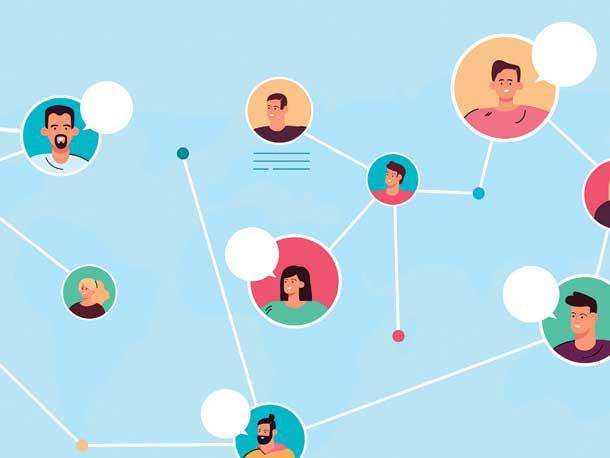How To Focus On ‘Culture-Add,’ Not ‘Culture-Fit’
Many companies feel a responsibility to identify and confront any biases that may exist in their business, whether that bias is unconscious or not. Now is the time to focus on ‘culture-add’—not ‘culture-fit’—so that all employees feel a sense of belonging and can be their authentic selves.

Many companies have diversity, equity and inclusion initiatives in place. But simply aiming to hire a more diverse staff won’t change existing cultural dynamics within the organization or interrupt biases that may exist, said Dr. Rebecca Baumgartner, vice president of human resources for the Greater Kansas City Chamber of Commerce.
“That’s just maintaining the status quo and forcing new individuals to assimilate and fit into the already existing boxes,” said Baumgartner at the Women of the Channel West Leadership Summit, hosted by CRN parent The Channel Company in May.
Baumgartner, a woman of color, remembers a time during her career when she had to work hard to prove she fit in with her all-male team. She “covered,” or downplayed, parts of her identity in an attempt to overcome any biases that her colleagues may have had about her abilities to do her job.
“I stopped wearing heels and bright colors and stopped wearing as much makeup. I behaved more like they did— more dominant. I even slowed down my cadence and lowered the pitch of my voice so men would feel more comfortable around me and listen to me. I was ‘covering’ to fit in. Even though I had great ideas, I couldn’t express them. I had no physiological safety, and that’s really important,” she said.
Organizations should focus on “culture-add,” not “culture-fit,” Baumgartner said. In other words, employees shouldn’t feel like they have to “cover.”
Many companies feel a responsibility to identify and confront biases that may exist in their business.
SADA Systems, a solution provider that was founded by Armenian immigrants, continually looks for new ways to foster an inclusive, diverse and supportive environment for its employees, said Narine Galstian, CMO of SADA Systems.
SADA Systems regularly attends and partners with DEI-focused career fairs as part of its recruitment process. The Los Angeles-based company also uses machine learning technology to screen job descriptions for bias.
From there, DEI initiatives need to be put into practice, Galstian said. The next step is the company’s SADA University program, an intensive and immersive eight-week training and mentorship program.
“We specifically seek out talented engineers early in their careers that represent groups that historically haven’t been well represented in tech,” she said.
The last piece, said Galstian, is culture. “We weave DEI into every facet of our culture. We ensure that everyone has a voice and, just as importantly, that everyone knows how to listen inclusively,” she said.
During its weekly Town Halls, SADA regularly recognizes various monthlong observances. The solution provider’s Town Halls often include coverage and discussion of topics such as Asian Pacific Islander Desi American Heritage Month and the Armenian genocide.
“It’s easy to check a box, write a blog, and list DEI in job posts, but DEI is an integral company practice and not an assignment. The bottom line is that DEI is the right way to build an incredible company,” Galstian said.
Addressing Harder-To-Recognize Biases
“If anyone thinks that they don’t have biases, they’re just not educated enough,” said Jeetu Patel, executive vice president and general manager of security and collaboration at San Jose, Calif.-based Cisco Systems.
There is still “profound” bias in the workplace as it relates to race and gender, but companies also need to pay attention to biases that may be harder to recognize. These include location and language bias and even biases against different socioeconomic levels, Patel said.
A major, less recognized bias that many people and companies have is around geography, Patel said. “You don’t usually ask someone if you’re on the phone, ‘What race are you?’ But people will ask all the time, ‘Where are you based?’ and, based on that, should I hire you or not? And that seems like a very biased way of looking at it.”
Patel said that all companies have work to do on eradicating the well-known and lesser-known biases over time, systemically.
“No one should feel like they don’t have an equal seat at the table,” he said. “We should remind people that part of every person’s job in this hybrid world is to make sure that people feel included and to create a participatory culture where they are given a space to talk.”